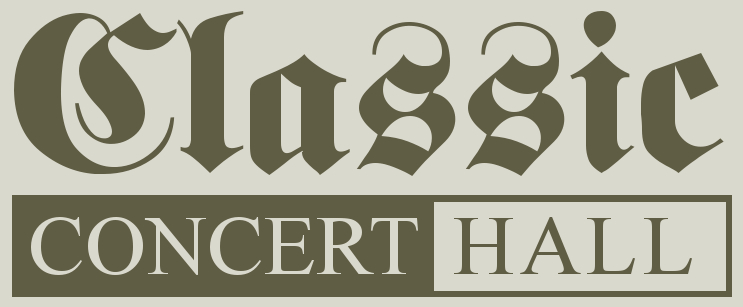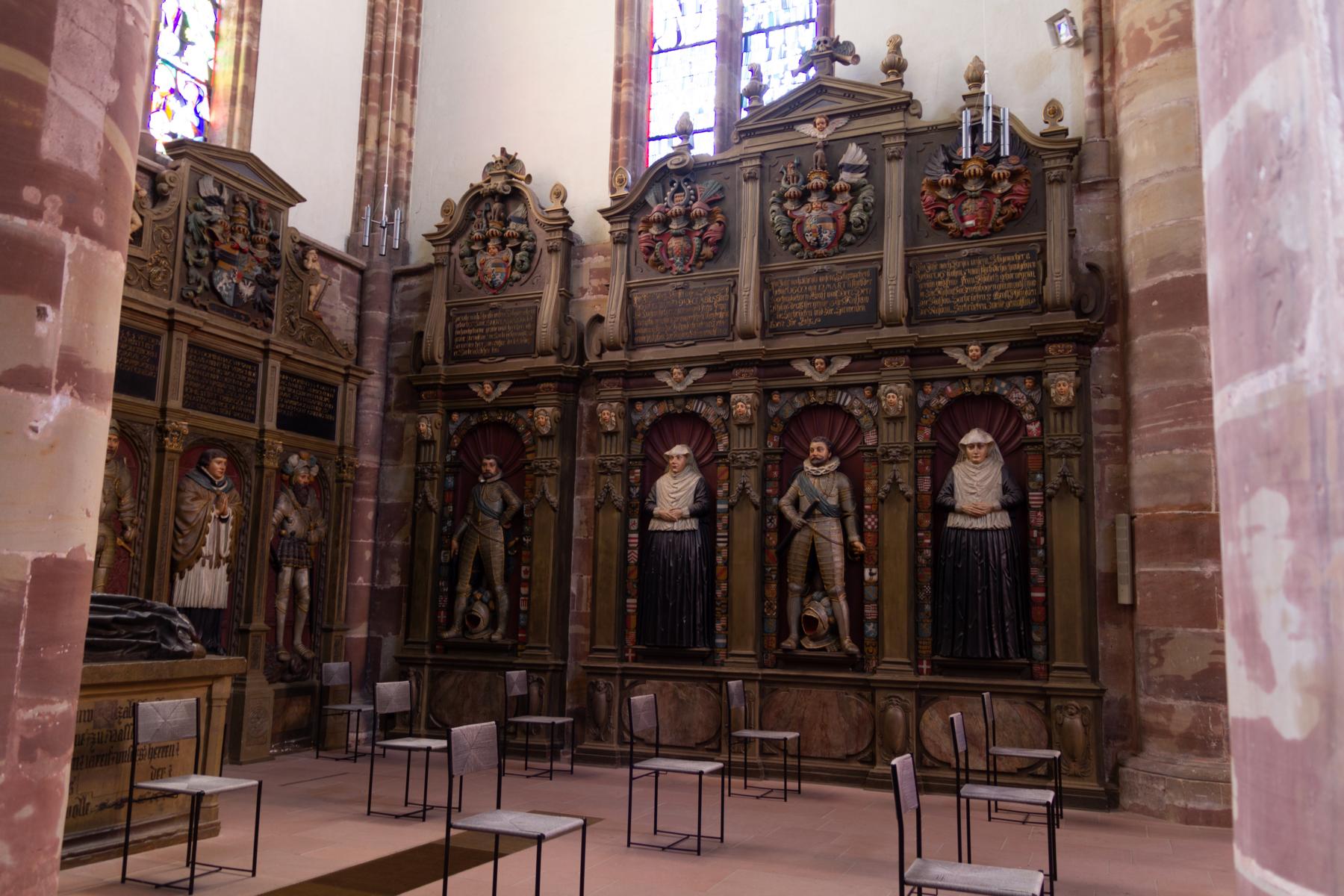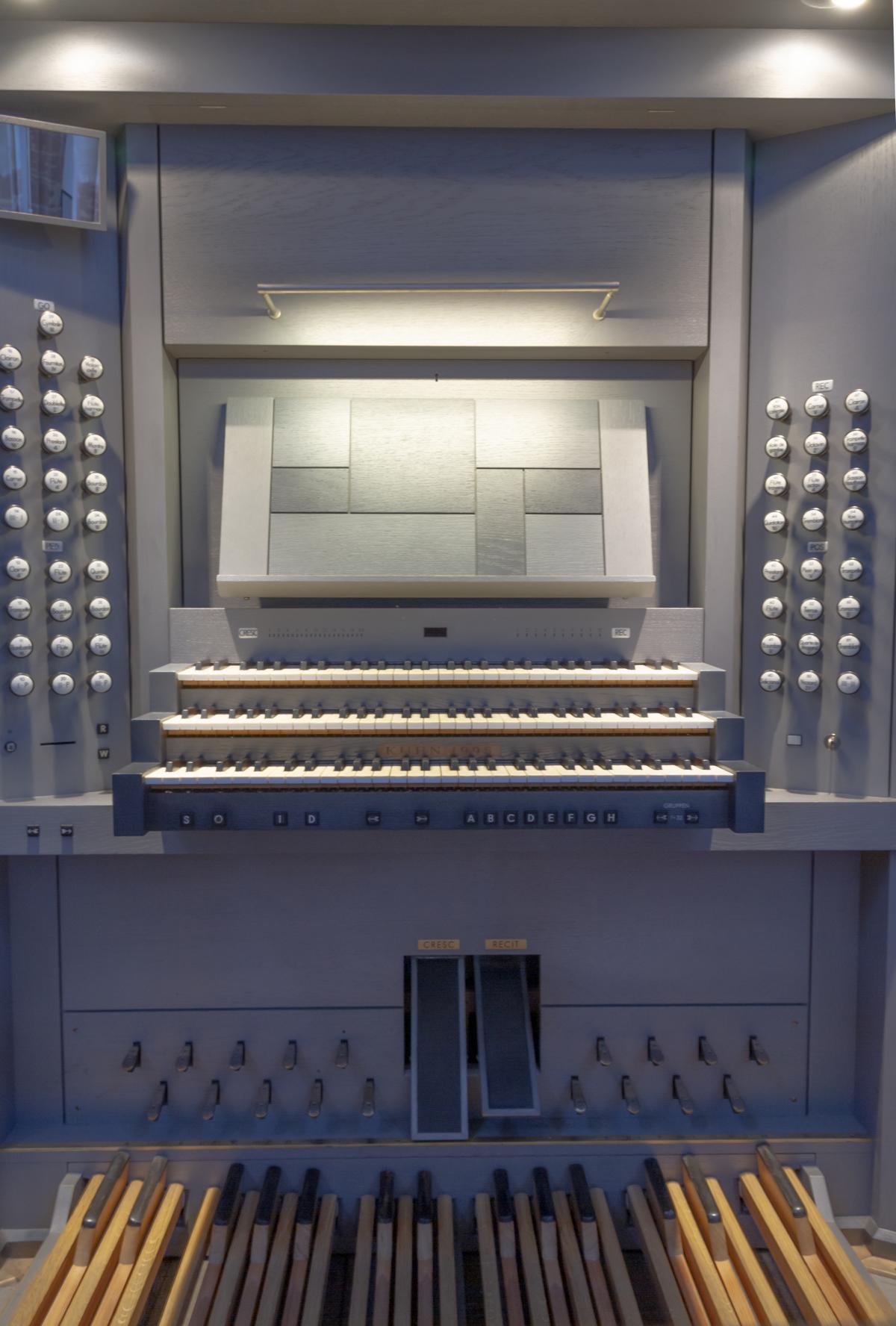Login

Saarbruecken Sankt Arnual [Back to Library]
| Producer: | Forestpipes Virtual Organs |
| Builder: | Orgelbau |
| Country: | Germany |
| Style: | Symphonic |
| Manuals: | 3 |
| Pedalboard: | Yes |
| Audio Ouput: | Surround |
| Software(s): | |
| Date Built: | 1995 |
Description: |
The former Augustinian canon monastery of St. Arnual, which was converted into a Protestant monastery during the Reformation, goes back to the village of Merkingen, which the Merovingian King Theudebert II gave to the Bishop of Metz, Arnual, around 600. The first documented mention of the monastery dates back to 1135. Around 1550, the canons turned to the teachings of Martin Luther and demanded a reform of the monastery from Count Johann IV of Saarbrücken, which he forbade. He transferred the assets of the monastery to a separate foundation and thus dissolved the monastery. As he died childless in 1574, the county of Saarbrücken fell to the Protestant cousins from the Nassau-Weilburg line, who introduced the Reformation in 1575. Since 1896 Sankt Arnual has belonged to Saarbrücken. The present collegiate church was built from 1315 to the end of the 14th century. It was renovated in 1886 - 88, during which time it was given a baroque tower dome and an organ loft. Due to the Saar expansion in the 1980s, the church almost collapsed, because the choir room, unlike the nave, is located on the alluvial soil of the Saar and was in danger of sliding away. The church was stabilised and renovated over a 15-year construction period, including archaeological excavations. The first organ in Sankt Arnual was built by Oberlinger Orgelbau in 1888. It had 22 stops on mechanical windchests. This instrument was replaced in 1938 by a mechanical slider chest organ, also with 22 stops, by the firm Emil Hammer. However, the pointed arches, which reinforced the statics, prevented the sound from spreading optimally into the nave. So, as the crowning glory of the church renovation, an organ was to be built which would compensate for these deficiencies in the best possible way. At the same time, the Saarland University of Music and Theatre was looking for new possibilities for teaching and concerts. In contrast to the existing organs from Klais and Schuke in the conservatory, the new instrument was to enable the presentation of French symphonic music of the 19th and 20th centuries. The contract was awarded to the Swiss company Kuhn, which built an organ with 44 stops on three manuals and mechanical slider chests. The stops are controlled electrically. The new instrument was inaugurated in 1995. A closed case with angled pipe fields allows a very good sound propagation into the nave. |
| # of uploads with organ: | 40 |
| # of users uploaded using organ: | 10 |
| Popular Uploads: |
In Dulci Jubilo (Denis Bédard) (Popup Player) |
| Website: | https://forestpipes.de/?page_id=336 |
Comments/Reviews
Have we missed some information regarding a sample set? Let us know using our Contact Page. We would greatly appreciate it!


